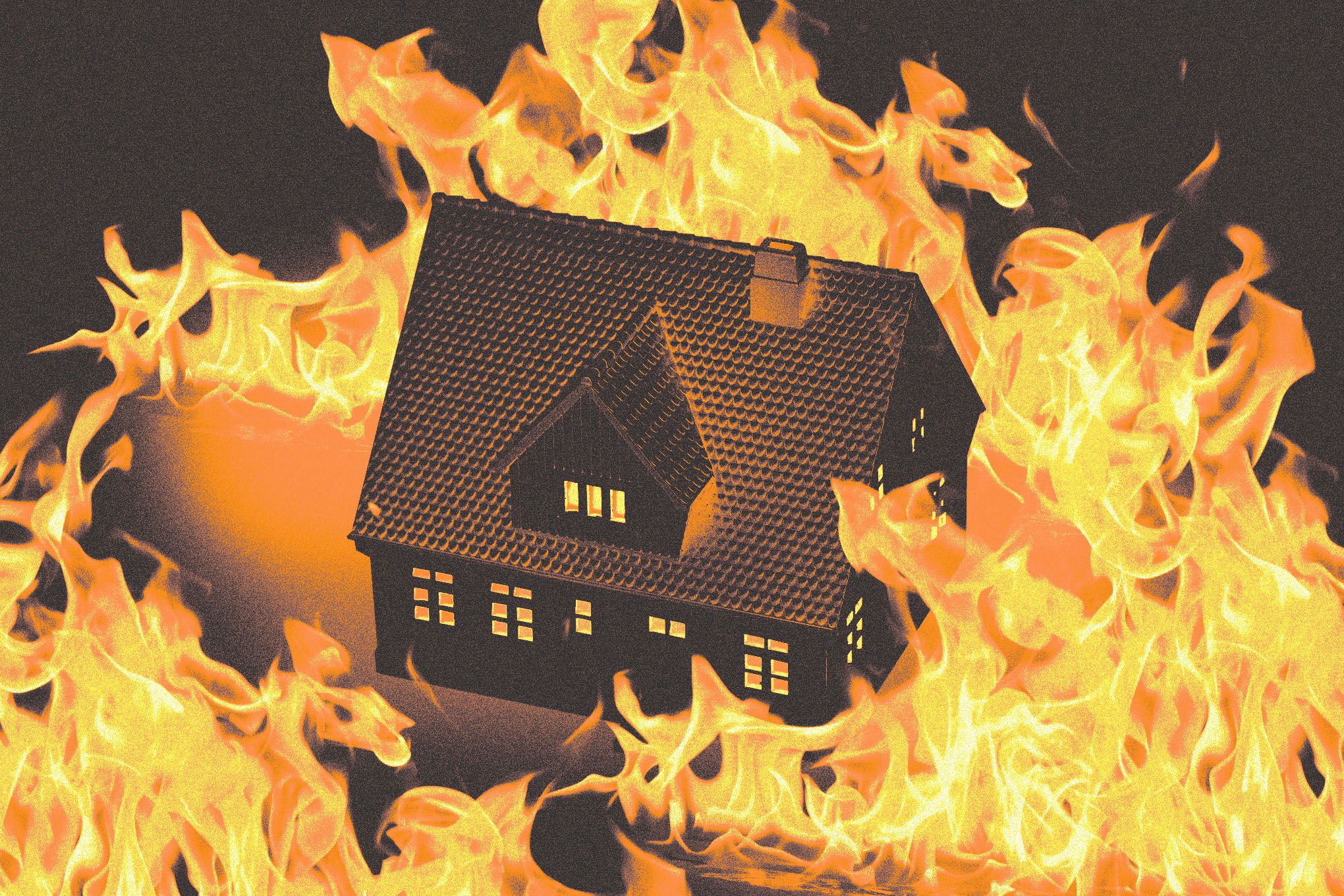Vail, Colorado just became the first US municipality to deploy Hewlett Packard Enterprise's new AI-powered smart city platform for wildfire detection, marking a critical shift as mountain communities grapple with escalating fire risks. The ski resort town of 4,300 residents is betting that real-time AI analysis of existing camera networks can spot fires faster than human monitors, potentially saving lives and property as Colorado suffers through its worst wildfire period in recorded history.
The partnership between Vail and HPE came together with unusual speed this summer when town manager Russell Forrest watched a wildfire burn just 30 miles from his community. "One of the things that became very apparent with that fire is that rapid detection of the fire and then the response to that made a big difference," Forrest told The Verge. The July blaze served as a wake-up call for what many Colorado mountain towns now face as their new reality.
Colorado has experienced 11 of the 20 largest fires in state history within just the last five years, according to state fire officials. The escalating threat has pushed communities like Vail to seek technological solutions that can match the speed and scale of modern wildfires.
The HPE solution, developed alongside AI orchestration company Kamiwaza, Nvidia, and several other tech partners, transforms Vail's existing camera infrastructure into an intelligent early warning system. The town already had cameras mounted on buses and positioned at high vantage points throughout the mountains, but human operators struggled to distinguish between smoke and fog, often requiring physical verification of potential fire starts.
"Until now, it was primarily people who analyzed those videos trying to spot signs of fire," explains Robin Braun, HPE's vice president of AI and hybrid cloud business development. The new system can enhance image quality in real-time and apply video analytics trained specifically to identify lightning strikes and smoke signatures. More critically, the Kamiwaza platform adds contextual intelligence, incorporating weather data like recent snowfall or red flag warnings to assess threat levels automatically.
The smart city platform goes beyond simple fire detection. Geospatial analysis from Blackshark.ai integrates drone and satellite imagery to assess vegetation health and fire risk, mapping how dry brush sits relative to residential areas to guide prevention efforts. This comprehensive approach reflects how AI applications are evolving from single-purpose tools to integrated decision-making platforms.












